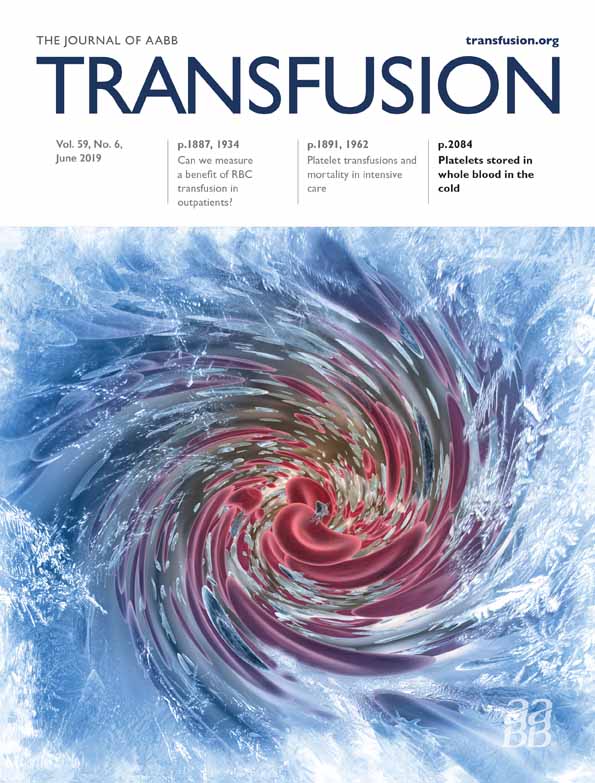A hands-on resident umbilical cord blood educational curriculum compared to online education of post-residency obstetricians: comparison of the volume of collected cord blood units
Abstract
BACKGROUND
Umbilical cord blood unit (CBU) volume is a predictor of its later clinical utility. Many studies suggest the need to increase the volume of CBU collected, but most obstetrical providers receive no formal collection training.
STUDY DESIGN AND METHODS
We designed and implemented an educational curriculum for obstetrics residents aimed at improving collection methods and increasing CBU volumes (CBUV). Residents were required to attend grand rounds and interactive didactic sessions on CBU collection followed by work with a simulated collection kit and then performed training collections under observation by a trained collector. Residents completed a self-assessment after each collection and received immediate personal feedback. Outside providers (non-UAMS physicians) received written instructional materials with the collection kits and had access to online training materials. They received feedback regarding their collection via standard mail. CBU donated to Cord Blood Bank of Arkansas for public use from 2014–2016 were analyzed. CBUV from residents were compared to those from outside providers.
RESULTS
After adjusting for maternal age and race, infant gender, gestational age, and birth weight, the least-squared mean CBUV was 92.1 mL for UAMS collections and 65.5 mL for outside provider collections. The improved CBUV of UAMS providers is statistically significant (p < 0.0001).
CONCLUSION
Our educational intervention was successful, and we believe that it can be replicated in other obstetrical residency programs. Cord blood collection education involving hands-on training with a model and immediate feedback improves CBUV, decreases kit waste, increases likelihood of CBU storage, and, therefore, inventory for transplantation.




